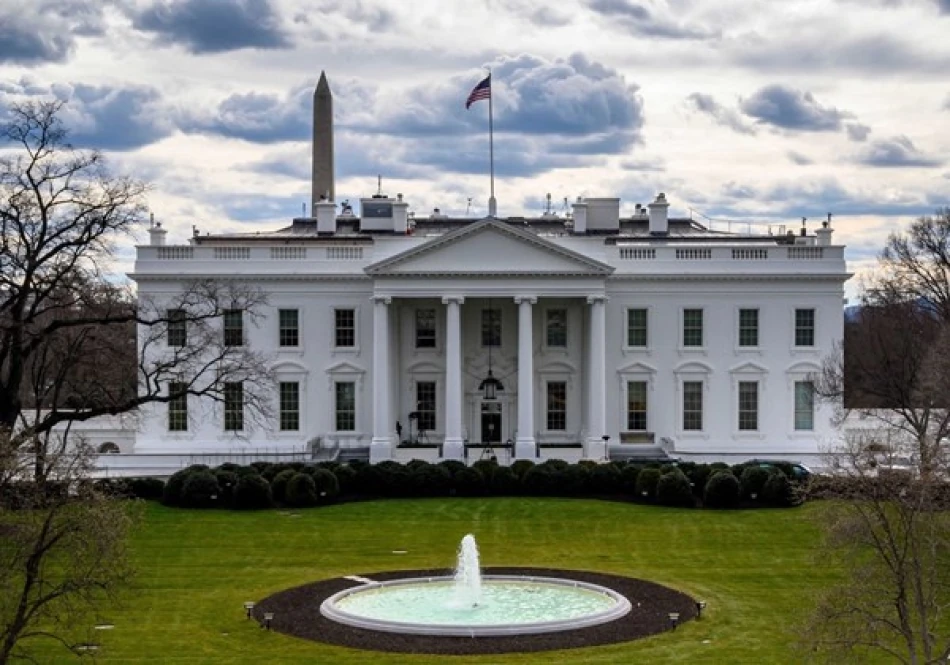
U.S.-South Korea Summit Focuses on Trade and Defense Strategies
Trump-South Korea Summit Signals Major Shift in Pacific Trade Strategy
President Donald Trump's meeting with South Korean President Lee Jae-myung at the White House on Monday represents a pivotal moment in reshaping America's trade relationships in the Pacific, as both leaders work to finalize a landmark agreement that could see hundreds of billions in Korean investment flow into the U.S. in exchange for significant tariff reductions.
The Billion-Dollar Trade Gambit
The first face-to-face meeting between the two leaders comes just weeks after they struck a preliminary trade deal that fundamentally alters the economic relationship between the world's largest economy and Asia's fourth-largest. Under the agreement, South Korea commits to investing hundreds of billions of dollars in American infrastructure and manufacturing, while the U.S. slashes tariffs on Korean goods from 25% to 15%.
This tariff reduction is particularly significant given Trump's historically protectionist stance. The move suggests a strategic pivot toward leveraging America's massive consumer market to attract foreign investment rather than simply penalizing imports—a approach that mirrors Singapore's successful model of using preferential trade terms to secure strategic partnerships.
Strategic Sectors in Focus
Manufacturing Powerhouse Alliance
The discussions will center on cooperation in three critical industries: semiconductors, batteries, and shipbuilding. This focus reflects both countries' recognition that these sectors will define economic competitiveness over the next decade.
South Korea's dominance in memory chips through Samsung and SK Hynix, combined with its leadership in electric vehicle batteries via LG Chem and Samsung SDI, makes it an ideal partner for America's push to reduce dependence on Chinese supply chains. The shipbuilding component is particularly strategic, as both nations seek to counter China's growing naval presence in the Pacific.
Automotive Trade Rebalancing
Cars represent the most visible symbol of the trade relationship's complexity. While South Korean automakers like Hyundai and Kia have captured significant U.S. market share, Trump has consistently pushed for increased American automotive exports to Korea. The new agreement explicitly calls for South Korea to become "completely open" to American cars and agricultural products.
Geopolitical Calculations
Beyond trade, the summit addresses America's military footprint in South Korea and the persistent North Korean threat. With approximately 28,500 U.S. troops stationed in South Korea, the defense relationship carries both strategic and financial implications that Trump has repeatedly questioned in terms of cost-sharing arrangements.
The timing is crucial as North Korea continues developing its nuclear capabilities while China expands its regional influence. A strengthened U.S.-South Korea economic partnership serves as a counterweight to Beijing's Belt and Road Initiative, offering an alternative model of international cooperation based on market access rather than debt financing.
Market Impact and Investor Implications
For investors, this agreement signals a potential template for future U.S. trade relationships with allied nations. The emphasis on investment-for-access deals could benefit Korean conglomerates with significant U.S. expansion plans, while American companies in targeted sectors may face increased competition but also new partnership opportunities.
The semiconductor focus particularly benefits both nations' tech sectors, as supply chain diversification becomes a national security priority. American firms like Intel and Micron could find new collaboration opportunities, while Korean companies gain preferential access to the world's most lucrative consumer market.
This summit represents more than bilateral trade adjustment—it's a blueprint for how economic partnerships can serve broader geopolitical objectives in an increasingly multipolar world. The success of this model could influence similar negotiations with Japan, Taiwan, and other Pacific allies, fundamentally reshaping global trade architecture.
 Layla Al Mansoori
Layla Al Mansoori







